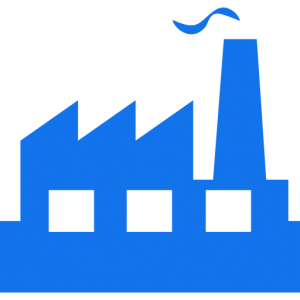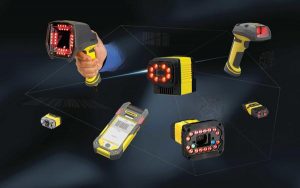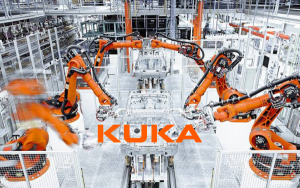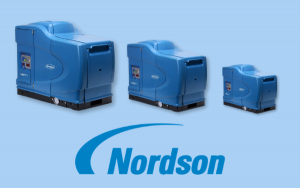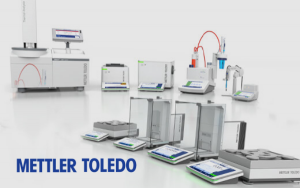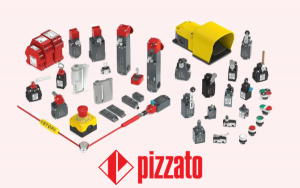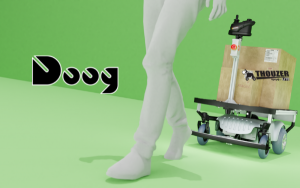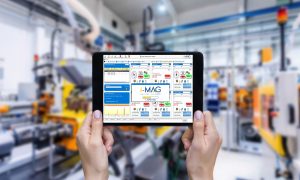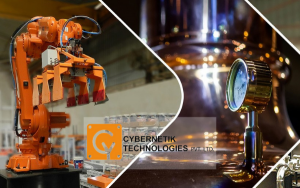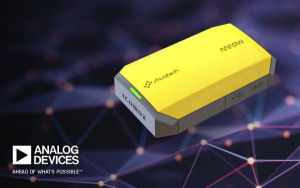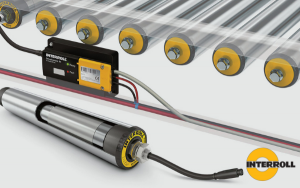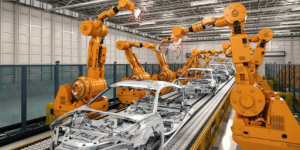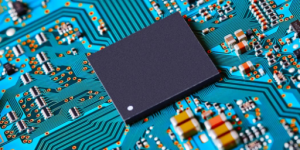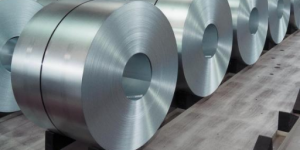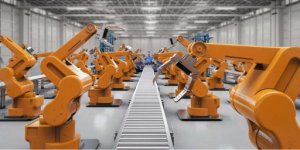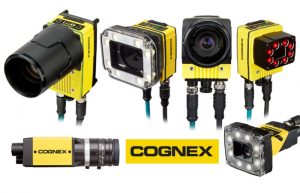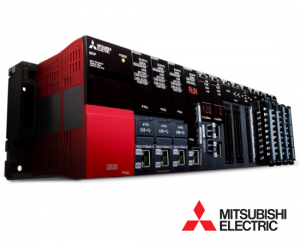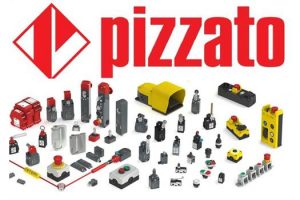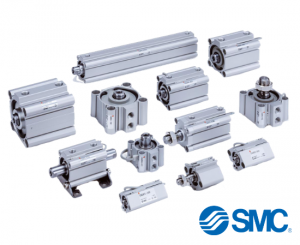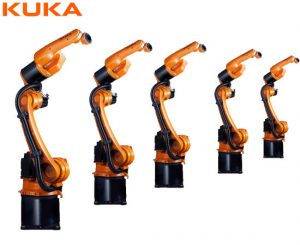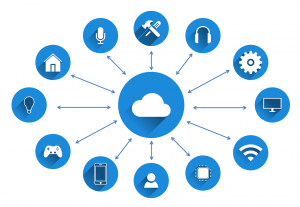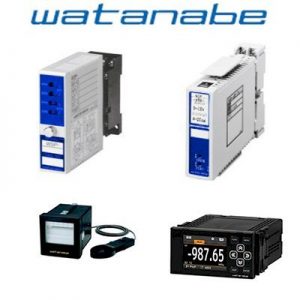The first industrial revolution started the era of mechanization with the introduction of the steam engine. The second revolution is characterized by assembly lines and mass production. The 3rd revolution applies automation and information technology to production. This 4th revolution promises to bring the ability to integrate all the latest technologies such as A.I. (artificial intelligence), Big Data (big data), and Internet of Things (Internet of Things). And at the heart of the 4th industrial revolution is the digitization of the entire process, from design to production. Let’s learn more about the digital factory with VULETECH.
I. What is a digitization factory?
According to standard 4499 established by the German Society of Engineers (VDI), factory digitization is a general term that refers to a comprehensive network of digital models, methods and tools – including simulation and 3D visualization – integrated into a continuous data management system.
The goal of the digitized factory is to plan, evaluate, and continuously improve all the major structures, processes, and resources of a physical factory along with the product.
In summary, the Digitized Factory is a production facility with a high rate of automation, data digitization, information connection, based on an intelligent production system (application of technology into production and management). treatment).
Comparison table between traditional factory and digital factory:
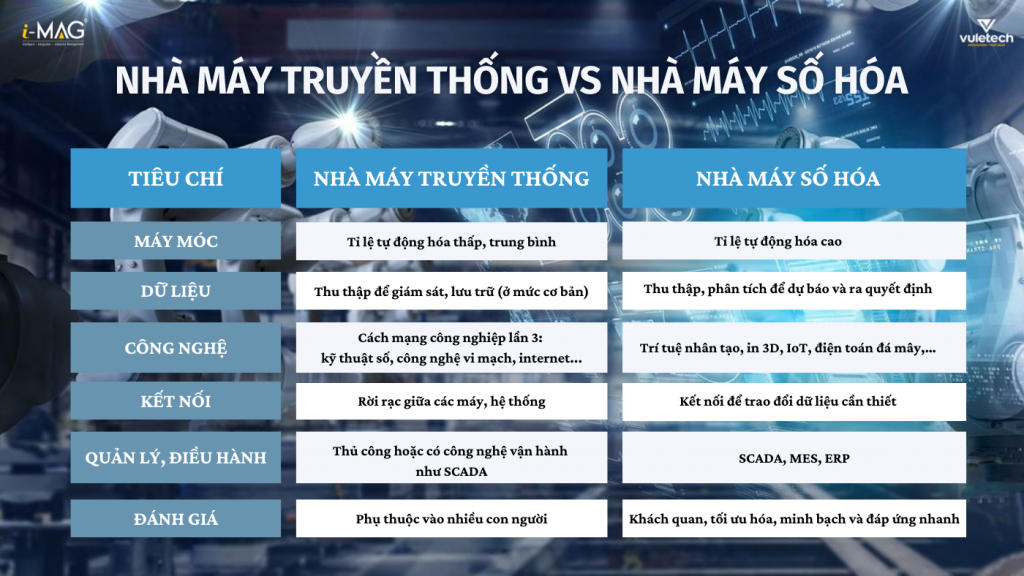
II. Features of the digitizer factory:
- Use smart devices and machines that communicate with each other using the network and continuously share information about current stock levels or errors, problems, changes in orders or demand.
- The production process is coordinated with the production deadline to increase efficiency and optimize production time, capacity, and product quality.
- Actuator and control sensors allow machines to link to factories or other networks and communicate with humans. Smart network is the foundation of digital factory, smart factory.
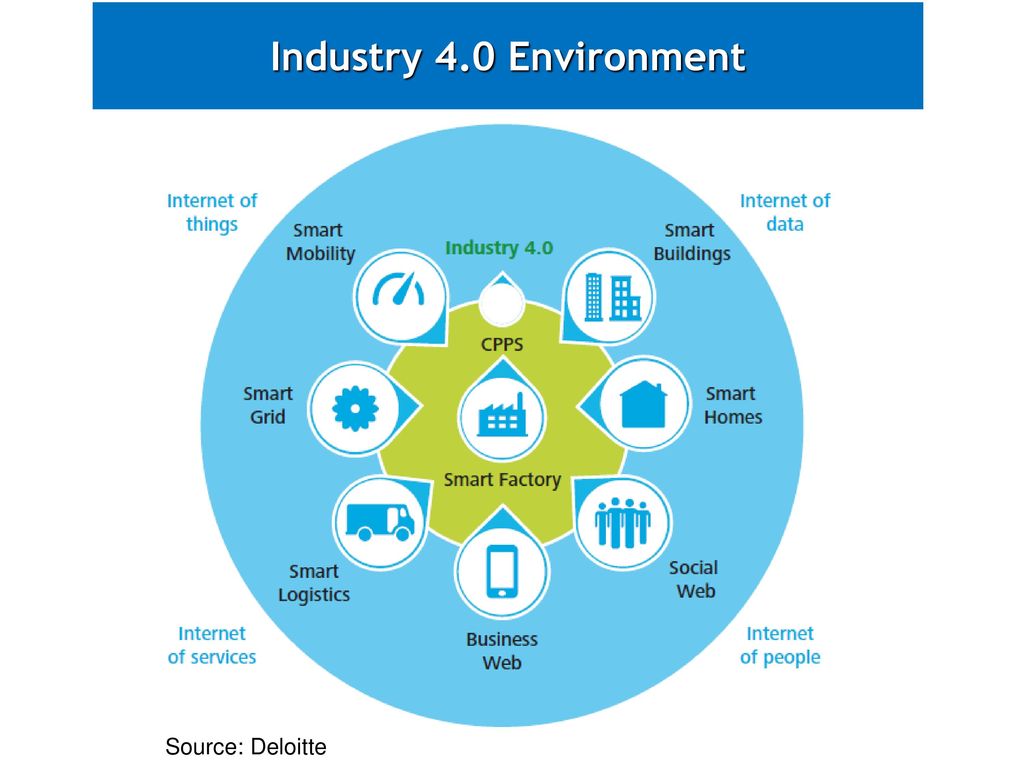
- In digital factories, in addition to smart machinery infrastructure, there must be a connection with the infrastructure of other smart networks: smart grid, smart mobile network, e-commerce network, etc.
- Digital factory uses 3D digital model combined with IT for control. With this model, we can design, analyze, and predict the future behavior of the production system through simulation.
- The product lifecycle management (PLM) system is an interesting tool. Here, the operation and management of the entire network of everyone as a single entity. The software systems that are linked together in a PLM solution have different functional roles for the product manufacturing process. CAD, CAE, CAM, ERP, MES, CIM, PDM systems, etc. are usefully combined to create digital factories.
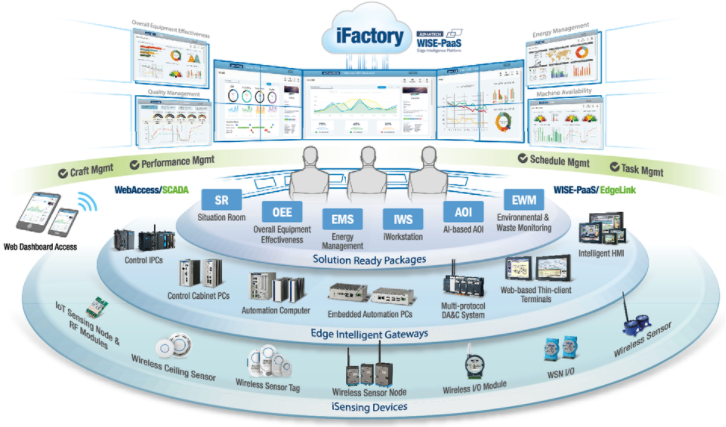
III. Advantages of a digitized factory for businesses:
- Digitization drives optimization of traditional core businesses, thereby allowing companies to invest in new business opportunities.
- The move to digitized factories gives manufacturers the ability to make more informed decisions as they work to optimize operations.
- Increase competitiveness for small manufacturers by offering specialized, highly customizable products.
- The heavy use of robots and software enhances the role of automation through better real-time data transmission.
- The rapid adoption of modernized supply chain strategies aims to reduce operational costs and streamline production.
- Greater capacity to forecast and optimize inventory for better adaptability to market demand at a given time.
IV. Steps to the digitization factory:
A digital strategy is not just about combining separate capabilities. Instead, the ability to collect and manage data across business domains ensures coherence and efficiency. This innovation will not happen overnight. It requires iterative progress to be built over time. Steps you can take in this process include:
- Update your ERP system to a future-proof platform designed to be adaptable to specific workflows created by emerging technologies.
- Deploy IoT solutions to address specific points
- Implementing AI allows machines to adapt how they work with minimal human intervention.
- Equipping employees with state-of-the-art equipment ensures they have easy access to the data they need to create value in a digitized factory setting.
It is important to start taking steps now to keep up with innovation in the field. We can help you on that journey with a smart factory management system designed with the needs in mind for your business.
Vu Le Technology Company Limited – specializes in industrial automation equipment, factory automation solutions and robotics.
Address: 27 Xuan Quynh, Gia Hoa Residential Area, Phuoc Long B Ward, District 9, HCMC
Hotline: (028) 3620 8179 / 3620 8176 / 3620 8177
Fax: (028) 3620 8178
Mail: info@vuletech.com

